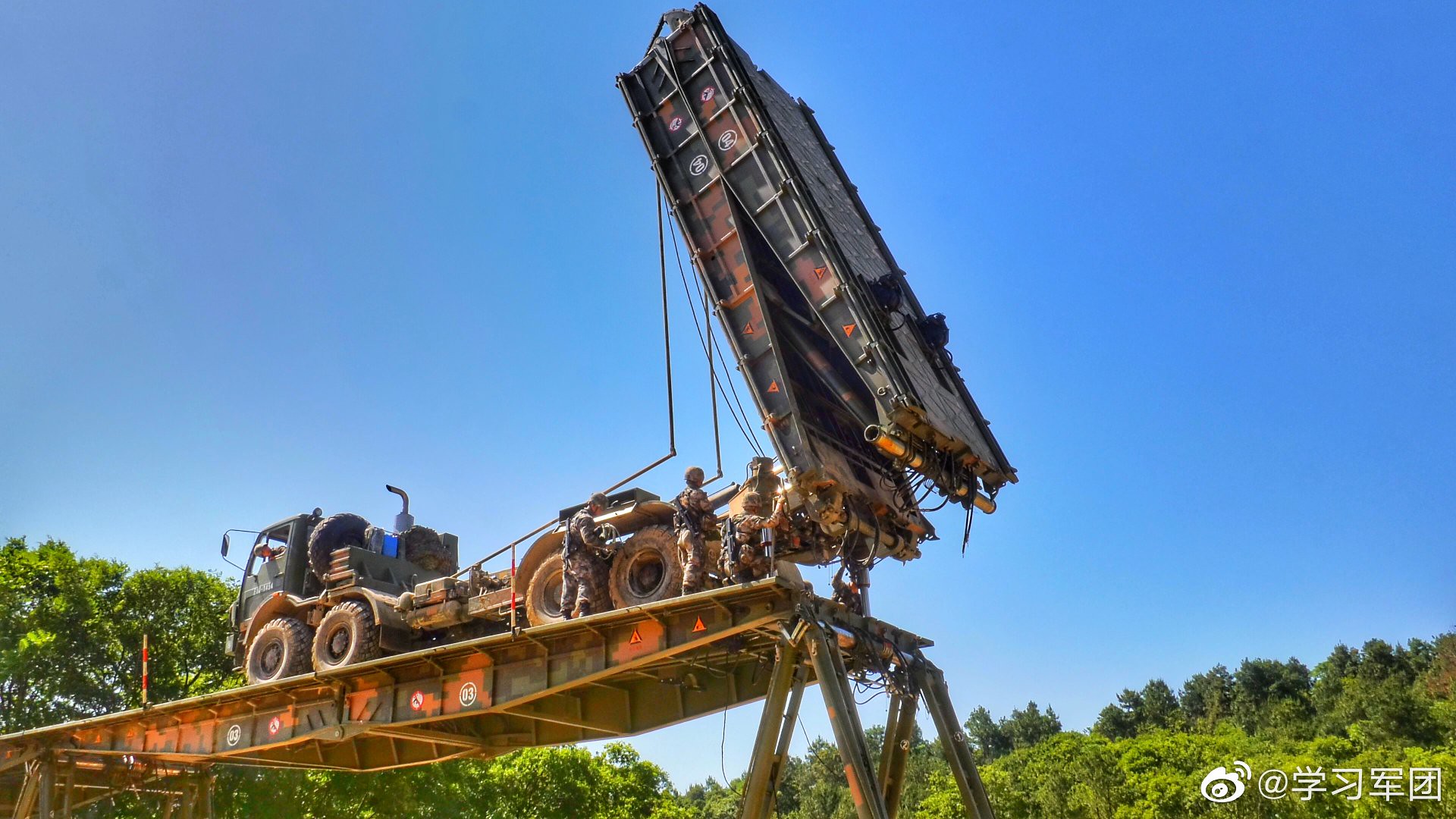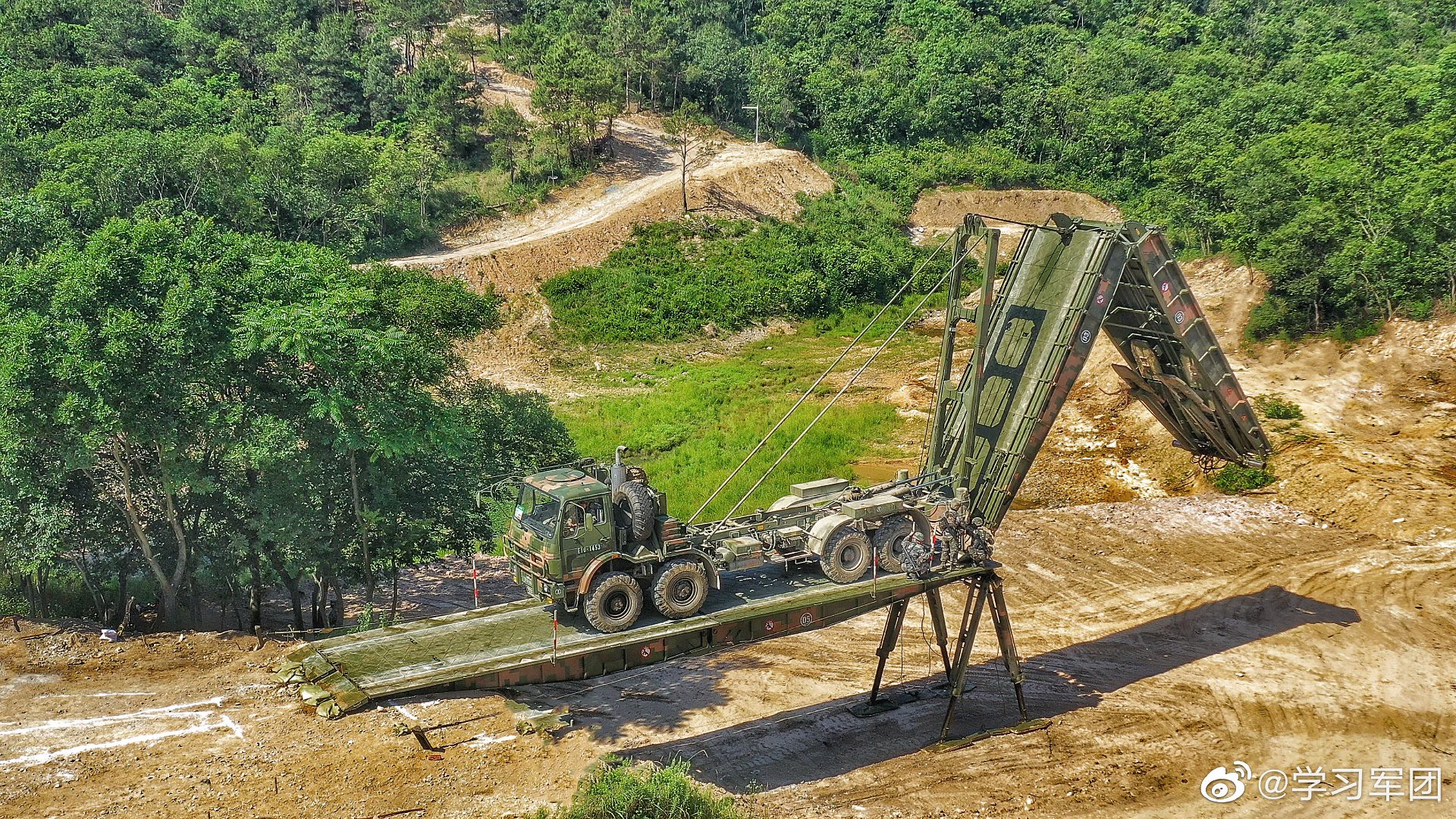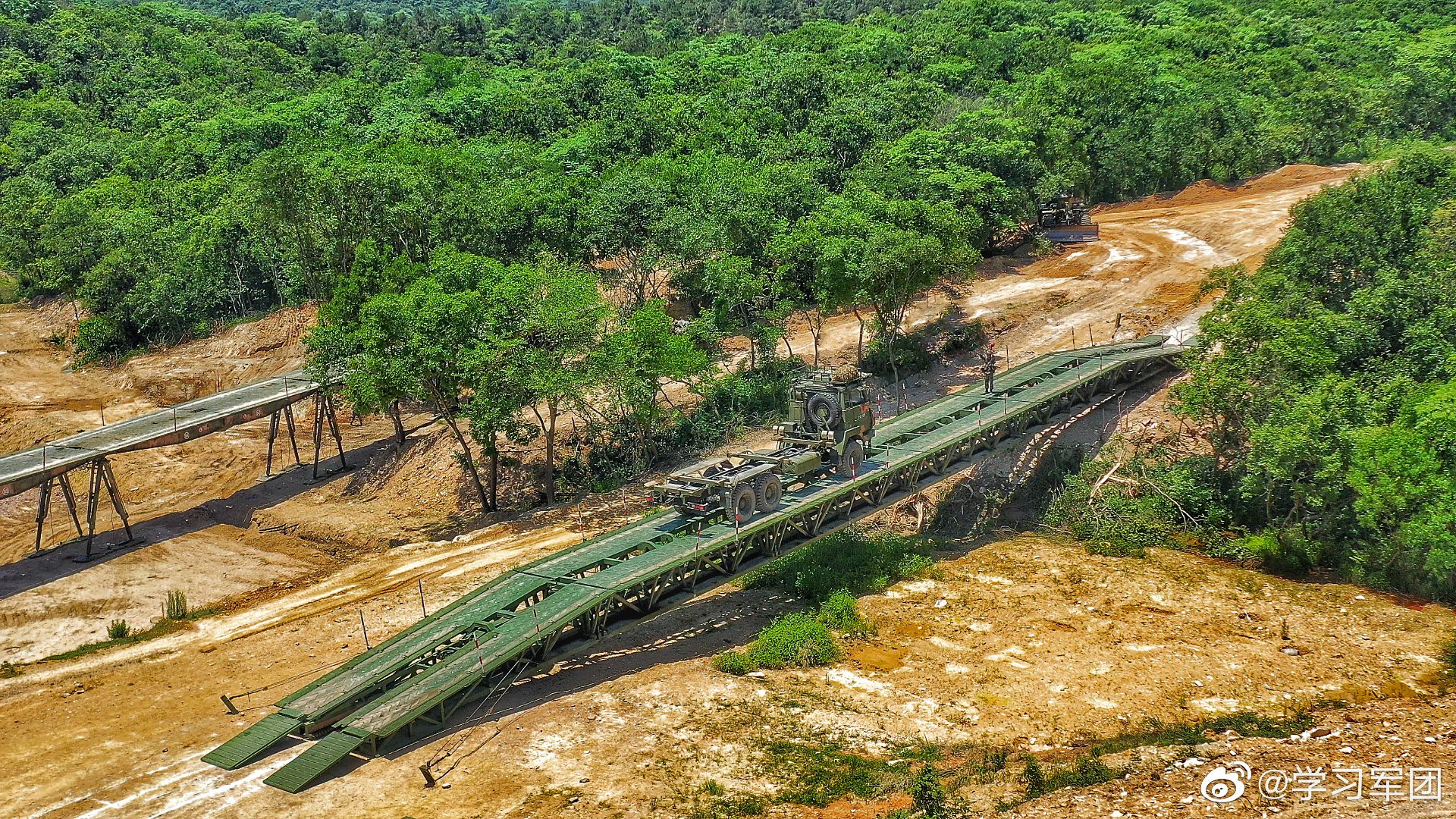I just want to clarify the facts, sorry if you don't like the tone.
Lighten up. There was no "You" pronoun in my reply.
Nothing wrong with your tone but that said, I don't like the direction this is going (see below)
I ment assuming straight velocity while in practice it will turn. Because if it don't turn it won't hit anything past 3KM.
Specifically "DART, T+5s to 5km, V=800m/s"
From pure energy perspective a bullet have highest energy when leaving the muzzle while rockets have most when the motor burns out. But when they start to turn I don't know anymore.
This was in answer to questions a
unpowered guided projectile cannot do what a
powered guided missile can because it can't match the kinematics of a
powered missile. Not to state that the DART can outperform an AIM9L analogue (although it does at certain points).
The salient point being at T+5s, the missile is an
unpowered projectile and that at a similar point in time, the unpowered DART has a better energy state than a post burn out AIM9L analogue.
Yes, they all lose energy turning but, ceteras parabus, starting from a higher energy state puts you in a better position than lower.
Assuming that the AShM is maneuvering like the latest missiles, turning radius may still matter.
I think you are still caught up in ACM imagery

I don't know how wildly you picture AShMs to be maneuvering but again, this isn't ACM where the target is an aircraft with full freedom of movement cos all the aircraft wants to do is evade. Outside of a scenario with high off-bore targeting solutions, an aircraft will turn and turn to get outside your targeting cone and therefore turning radius is important.
OTOH, an AShM (the target here) needs to hit to kill. Which means the AShM, while performing evasive maneuvers, has an overriding constraint - it needs to minimise terminal miss distance.
A few things are at work here ...
Best case and typical AShM evasive maneuvers, eg. sinusoidal weave or conical barrel rolls, are deigned to provide lateral displacement, minimise profile presented to interceptors, while still maximising propagation towards the target.
These manuevers, while increasing the AShM missile survibability, also increases ToF to the target which increases the engagement window available to the target to bring it down. But it's considered a good trade off (for the AShM).
Anything more wild than that will only present a bigger side profile to the interceptor (a big win for dumb projos like CIWS) or significantly increase the ToF which dramatically reduces the "terror" of Supersonic/Hypersonic AShM. Either way, those are all wins for the defending platform.
Given the speed that the AShM is incoming and the type of maneuvers, it's lateral displacement and not turning radius that counts.
Yes, but can DART pull 40G at 550m/s or is it more like 1000m/s. Assuming that DART which you compare with an APFSDS is high density then the small wings must have downsides. Just look at a image of AIM9 compared to DART.
Have you even stopped to ask yourself why we even need to consider whether the DART can pull 40G at 550m/s? (which I didn't even assert btw)
You are trying to pull out a single datum point as a red herring which will lead us down a spiralling hole of point vs point arguments when I am trying to keep the discussion on principles vs principles.
It's like the way arguments erupt over platform evaluations in isolation instead of in context to systems.
I'll restate the point I was making at the start.
There are 2 traditional point defence hard kill solutions.
i) Small calibre guns with high ROF but unguided projos. ie. CIWS
ii) Short Range guided missiles
You need to start considering the possibility of also
iii) Medium to large calibre guns with slow ROF but using guided sub calibre munitions.
Much of the answers I have given is to clear up how people think missiles work or how a guided sub-calibre round can be effective.
I haven't claimed a missile is not effective.
I don't claim (iii) to be the superior solution to all.
I still think they all have pro/cons that determine their suitability for the task based on platform/system constraints.





